Analyze and accurately assess the situation and propose strategic guidelines.
During the 1953-1954 Winter-Spring Campaign and the Dien Bien Phu Campaign, our Party analyzed and accurately assessed the situation and the enemy's plots in implementing the Navarre Plan, thereby making correct, timely and creative decisions.
After the failure in the Hoa Binh Campaign (1951) and the Tay Bac Campaign (1952), the French colonialists chose General Navarre (then Chief of Staff of the NATO Army) to be the Commander-in-Chief of the French Army in Indochina. In July 1953, Navarre proposed a new military plan named after him and was approved by the French Government with the hope of "turning defeat into victory" within 18 months. Implementing the Navarre Plan, the French colonialists expanded their sweep of the provinces of the Northern Delta, Binh-Tri-Thien, and the South and concentrated strategic mobile troops in the North to prepare for a major offensive.
In September 1953, the Politburo met to discuss the military tasks of the Winter-Spring period of 1953-1954, and set out the principles of strategic and operational direction: choosing the enemy's weakest and weakest areas to attack, maintaining the initiative, resolutely forcing the enemy to disperse its forces, and not concentrating its mobile forces in the Northern Delta. Implementing the decision of the Politburo and President Ho Chi Minh, in November 1953, our main force advanced to the Northwest.
Realizing the important strategic position of the Northwest for the entire Indochina battlefield, the French colonialists parachuted troops into Dien Bien Phu and quickly built this place into the strongest stronghold group in Indochina. "Faced with our threat, the enemy dispersed their mobile forces, and on November 20, parachuted to occupy Dien Bien Phu, with the purpose of supporting Lai Chau and protecting Upper Laos. Currently, in Dien Bien Phu, the enemy force has about six battalions (certainly four battalions), they have repaired the airport and are constructing fortifications... When our main force threatens strongly, in Dien Bien Phu, the enemy can increase to about 10 battalions, turning it into a large stronghold group" (1).
On the basis of firmly grasping all the enemy's plots and actions, analyzing and scientifically assessing the situation, on December 6, 1953, the Politburo decided to launch the Dien Bien Phu Campaign, approved the operational plan of the General Military Commission and assigned General Vo Nguyen Giap to directly serve as Party Secretary and Commander of the front. We expected "the combat time in Dien Bien Phu to be approximately 45 days, but depending on the changing situation, it could also be shortened. The campaign could end around the beginning of April 1954, after which the majority of the main force would withdraw and a part would have to stay to continue developing into Upper Laos and threatening the enemy in Luang Prabang" (2).
Before going to the front, President Ho Chi Minh gave full decision-making power to the General and advised: "This battle is very important, we must fight to win! Only fight if we are sure of victory, and not if we are not sure of victory" (3). Also in December 1953, President Ho Chi Minh sent a letter to the cadres and soldiers of the Dien Bien Phu front, encouraging their fighting spirit and maintaining their determination to win.
The Central also directed the battlefields of the Central Highlands, Inter-zone 5, the South and other places to attack the enemy, coordinating with Dien Bien Phu. The Northern Delta stepped up guerrilla warfare, weakening the enemy, attacking the enemy in Hanoi and Hai Phong to "share the fire" with the main front of Dien Bien Phu.
Thus, it can be affirmed that the Party's correct leadership created an important foundation and premise for the resistance war against French colonialism in general and the Dien Bien Phu Campaign in particular to gain glorious victory.
Direct all preparations for the campaign
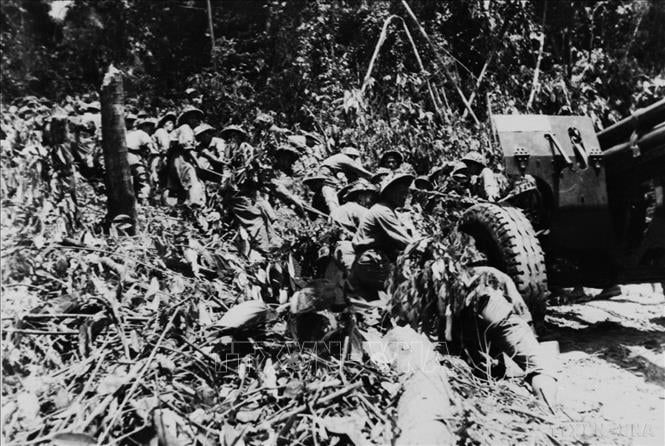
After deciding to launch an attack on the Dien Bien Phu stronghold, our Party planned to prepare everything to ensure "sure victory". With the slogan "All for the front, all for victory", the whole country focused its strength on the Dien Bien Phu front. Preparations for the campaign were carried out urgently.
Regarding the combat forces, given the special importance of the campaign, the Politburo and the Central Military Commission decided to concentrate the main elite force, including 4 infantry divisions and 1 artillery division with a total strength of over 40,000 officers and soldiers. The main army units quickly assembled, day and night clearing forests, cutting mountains to open roads, hauling artillery, building battlefields, and preparing to attack the enemy.
In addition to the main force directly fighting, combat support forces were also urgently prepared to serve the Dien Bien Phu battlefield. A large rear area across the country, from the Viet Bac free zone, Inter-zone III, Inter-zone IV, the newly liberated Northwest region to the guerrilla zone and guerrilla base in the Northern Delta, the newly liberated region in Upper Laos, all focused human and material resources on the campaign. Road construction, food preparation, military uniforms, military equipment, etc. were carried out urgently. Over 261,000 laborers and youth volunteers braved bombs and bullets to head to Dien Bien to serve the campaign. Thanks to that, in a short time, localities mobilized 25,056 tons of rice, 907 tons of meat; 917 tons of dried food; and 469 tons of other food... (4)
Regarding means of transport, due to the large demand for transport and long transport routes, the General Department of Supply determined: taking motorised transport as the main one, thoroughly promoting motorisation, at the same time taking full advantage of all rudimentary means, promoting the strengths of each method, suitable to the terrain conditions. Therefore, the campaign mobilized and used all 16 existing transport vehicle companies at that time; 20,991 bicycles, 11,800 bamboo rafts and 500 pack horses... (5)
By early March 1954, all preparations for the historic Dien Bien Phu campaign were completed. Our army and people waited for the time to open fire to begin the final decisive battle in the resistance war against the invading French colonialists.
Successfully deploy the campaign
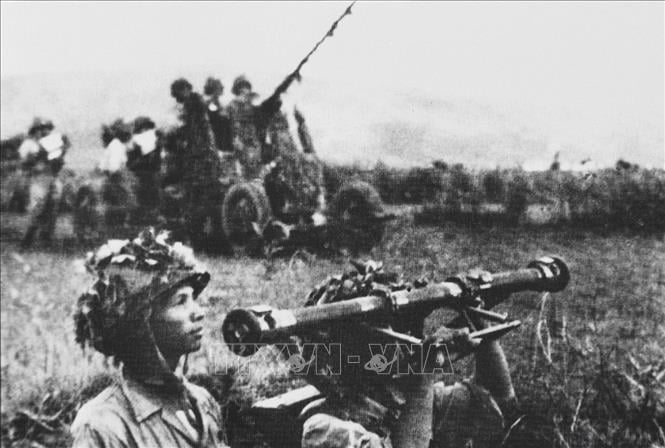
In order to carry out the determination to destroy the enemy in Dien Bien Phu, when the enemy was not yet strong, the staff proposed the plan of "fighting quickly, solving quickly", using all their strength to fight for 3 nights and 2 days to destroy all enemy troops.
However, after observing for many days, when seeing the enemy increasing their forces, trying to consolidate their positions and our difficulties not being overcome, on the morning of January 26, 1954, the Commander of the front - General Vo Nguyen Giap proposed to the Party Committee to change the way of fighting. The Party Committee discussed enthusiastically and finally agreed to switch to the plan of "fighting firmly, advancing firmly". Because fighting this way, we had the conditions to concentrate our absolute superiority in firepower in each battle, creating overwhelming strength to defeat the enemy.
The decision to change the way of fighting was quickly disseminated from the Campaign Party Committee to party organizations, divisions, regiments, battalions, companies, platoons, and each cadre and party member. Party and political activities on the entire Dien Bien Phu front focused on ideological leadership, unified perception and action, and made every effort to prepare forces in all aspects for the new way of fighting.
During that time, we stepped up guerrilla warfare in other localities, closely combining it with fighting against enemy conscription, thereby weakening the enemy in the regions to strongly develop the fighting in Dien Bien Phu and the Northern Delta.
On March 13, 1954, the Dien Bien Phu Campaign began. From March 13 to March 17, 1954, our army cleverly and bravely destroyed the Him Lam and Doc Lap strongholds, the Ban Keo stronghold, broke the northern gateway of the Dien Bien Phu stronghold complex; and threatened Muong Thanh airport. Powerless against our artillery, the French artillery commander in Dien Bien Phu committed suicide with a grenade.
From March 30 to April 30, 1954, our army simultaneously attacked the strongholds in the East of the central sub-sector, tightened the siege, controlled Muong Thanh airport, and cut off the enemy's supply route. We and the enemy fought for every inch of land and every section of trench. After the second attack, the central area of Dien Bien Phu was within range of our guns, and the enemy fell into a state of passivity and extreme demoralization.
From May 1 to May 7, 1954, our army captured the eastern strongholds and launched a general attack to destroy the entire Dien Bien Phu stronghold. At 5:30 p.m. on May 7, 1954, we captured the enemy's command post, forcing General De Castries and the entire General Staff and soldiers of the Dien Bien Phu stronghold to surrender. The "Determined to Fight, Determined to Win" flag of our army flew on the roof of the enemy's command bunker.
Thus, with the correct leadership of the Party Central Committee, directly the Politburo, President Ho Chi Minh, together with the direction and courageous and creative actions of the Party Committee, the Campaign Command, headed by General Vo Nguyen Giap; the heroic fighting of cadres, party members, and soldiers across the Front; the great support from the rear and coordination between battlefields, after 56 days and nights of tenacious fighting, on May 7, 1954, the Dien Bien Phu Campaign was completely victorious.
(VNA)
Source





![[Photo] General Secretary To Lam attends the 80th Anniversary of the Cultural Sector's Traditional Day](https://vstatic.vietnam.vn/vietnam/resource/IMAGE/2025/8/23/7a88e6b58502490aa153adf8f0eec2b2)

![[Photo] Prime Minister Pham Minh Chinh chairs the meeting of the Government Party Committee Standing Committee](https://vstatic.vietnam.vn/vietnam/resource/IMAGE/2025/8/23/8e94aa3d26424d1ab1528c3e4bbacc45)

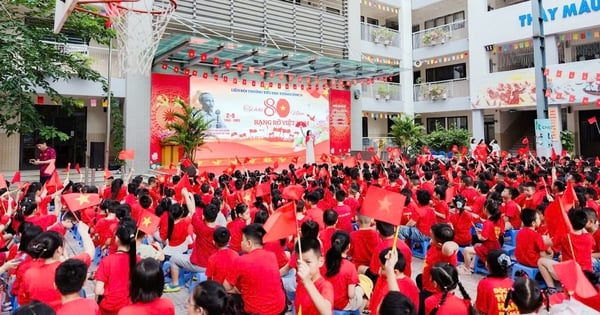

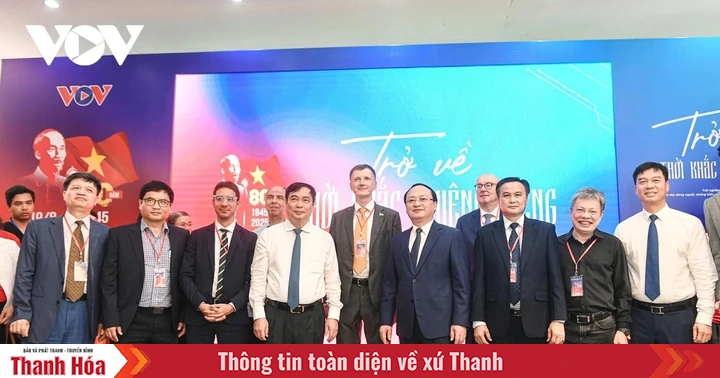

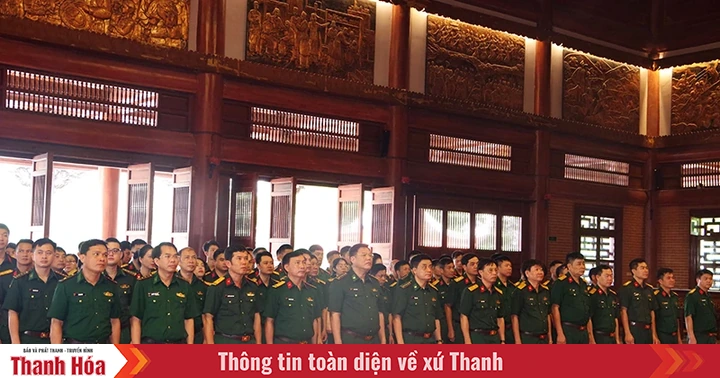


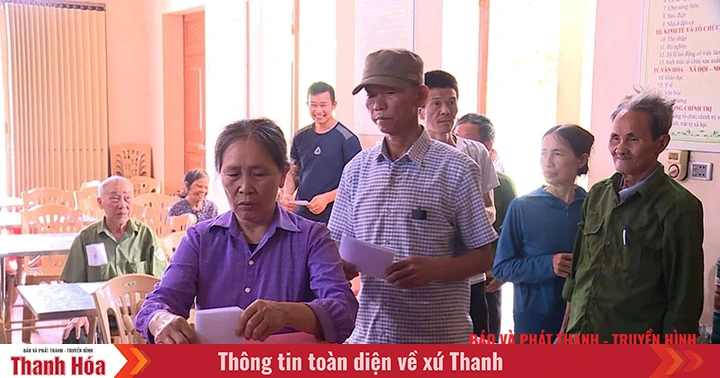
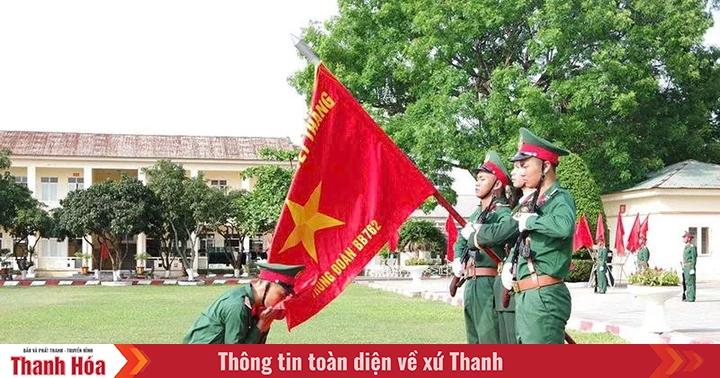
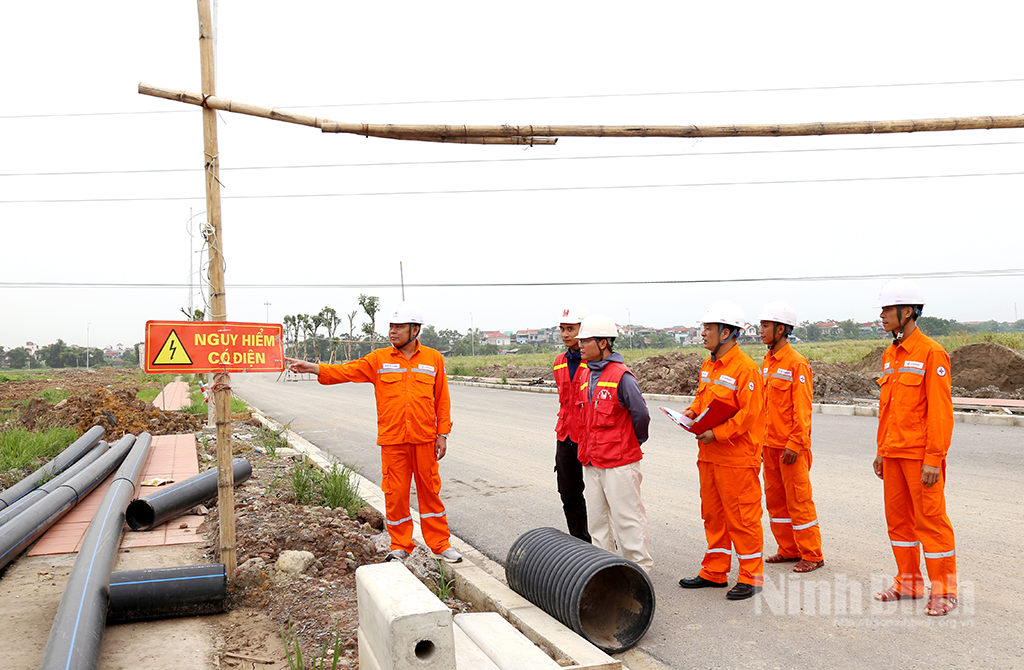
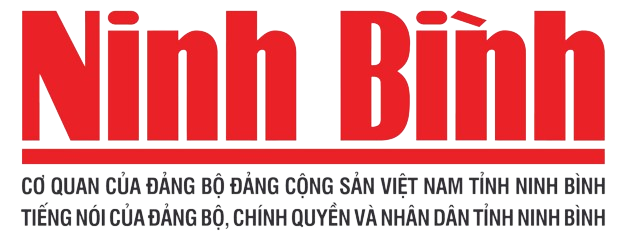

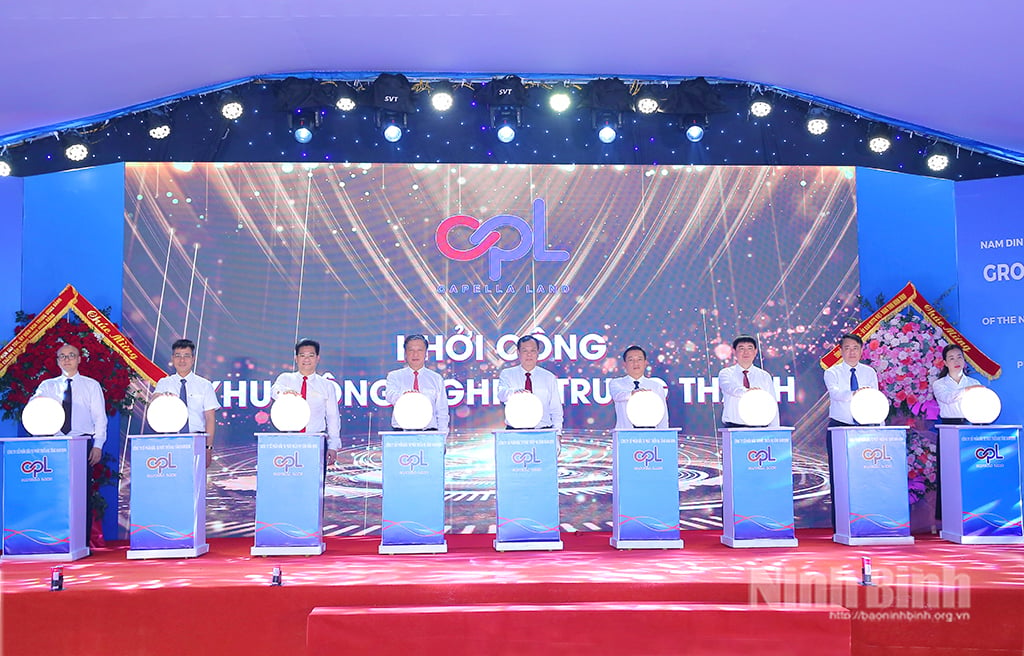
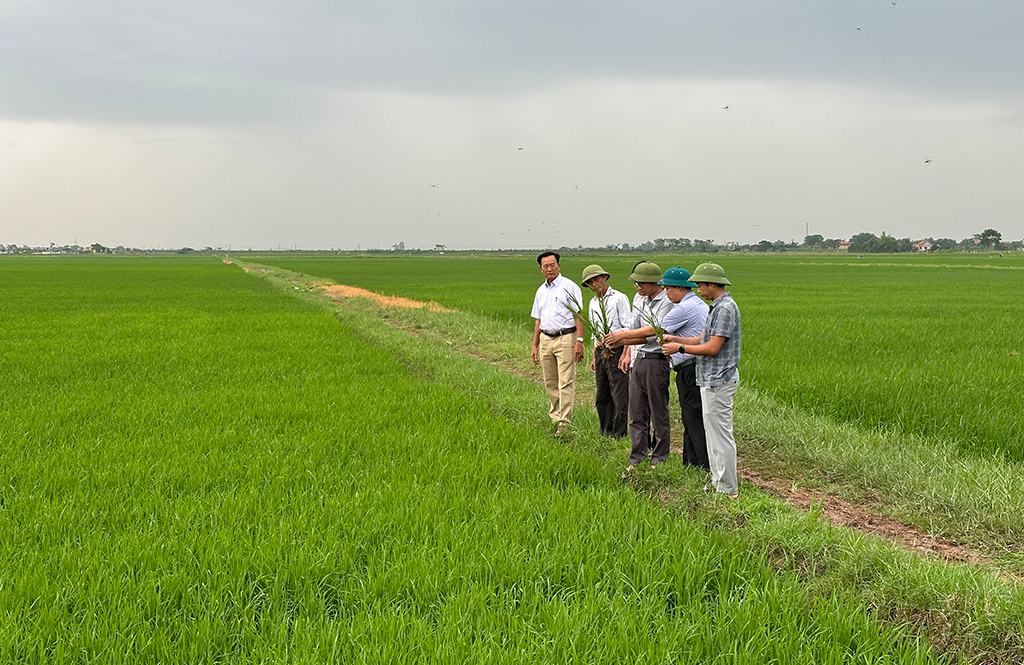
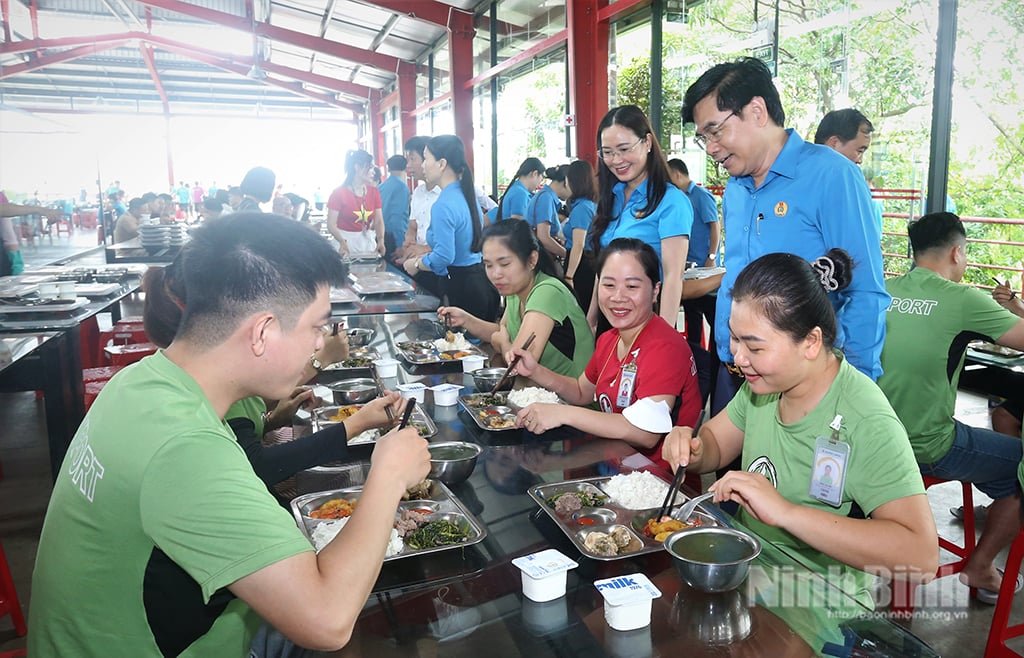
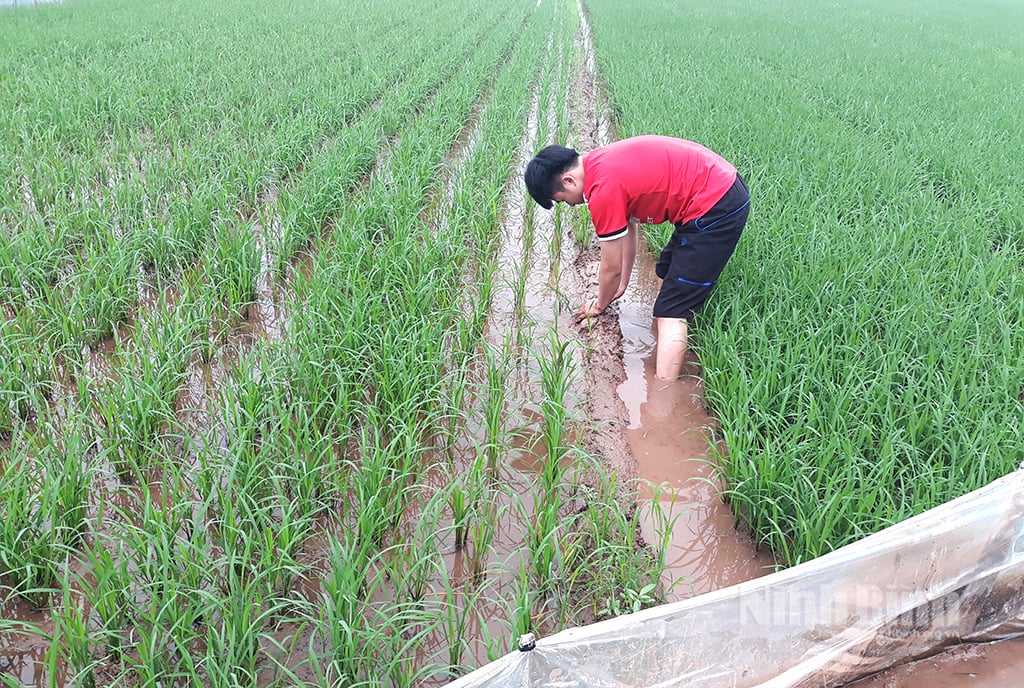




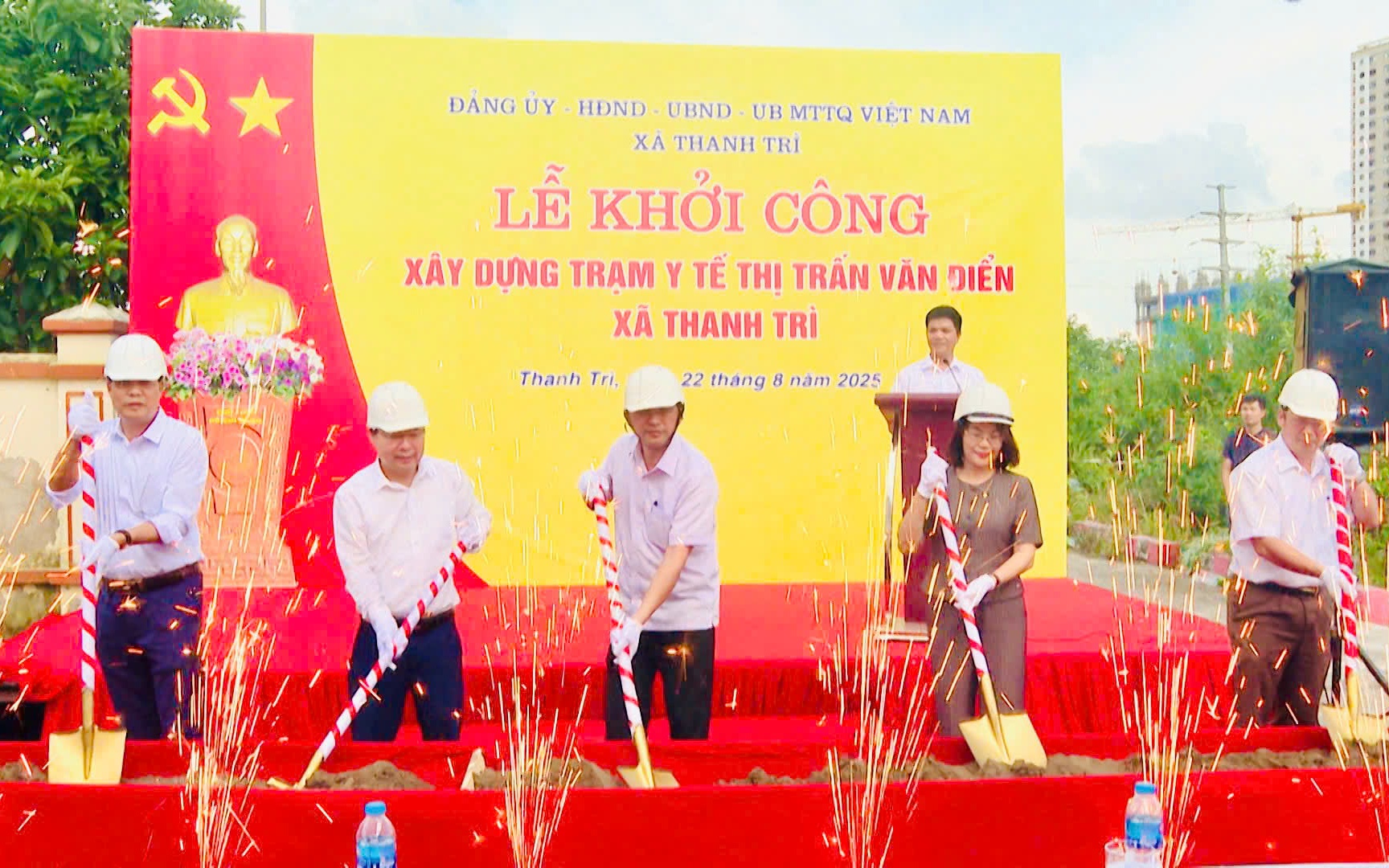
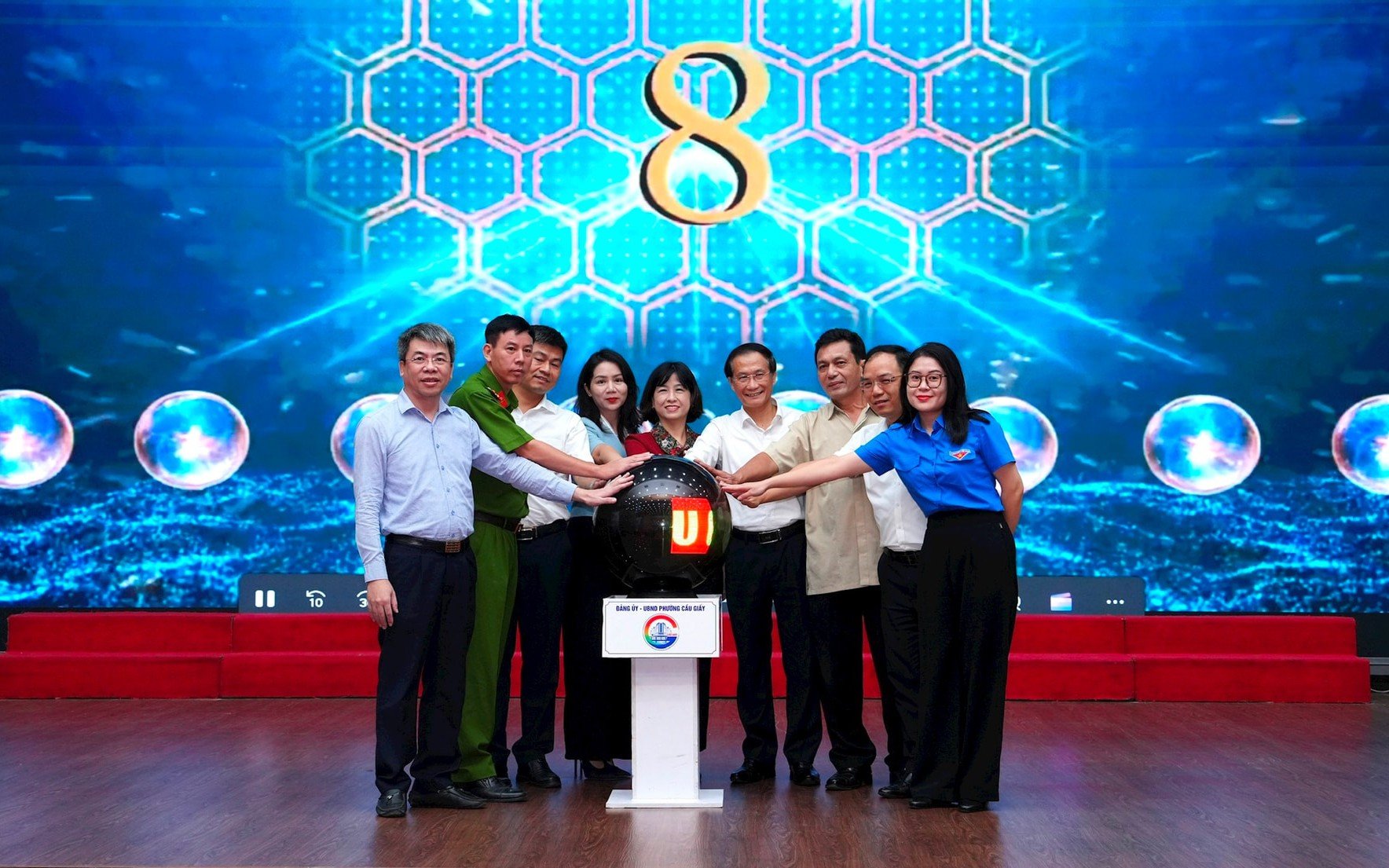
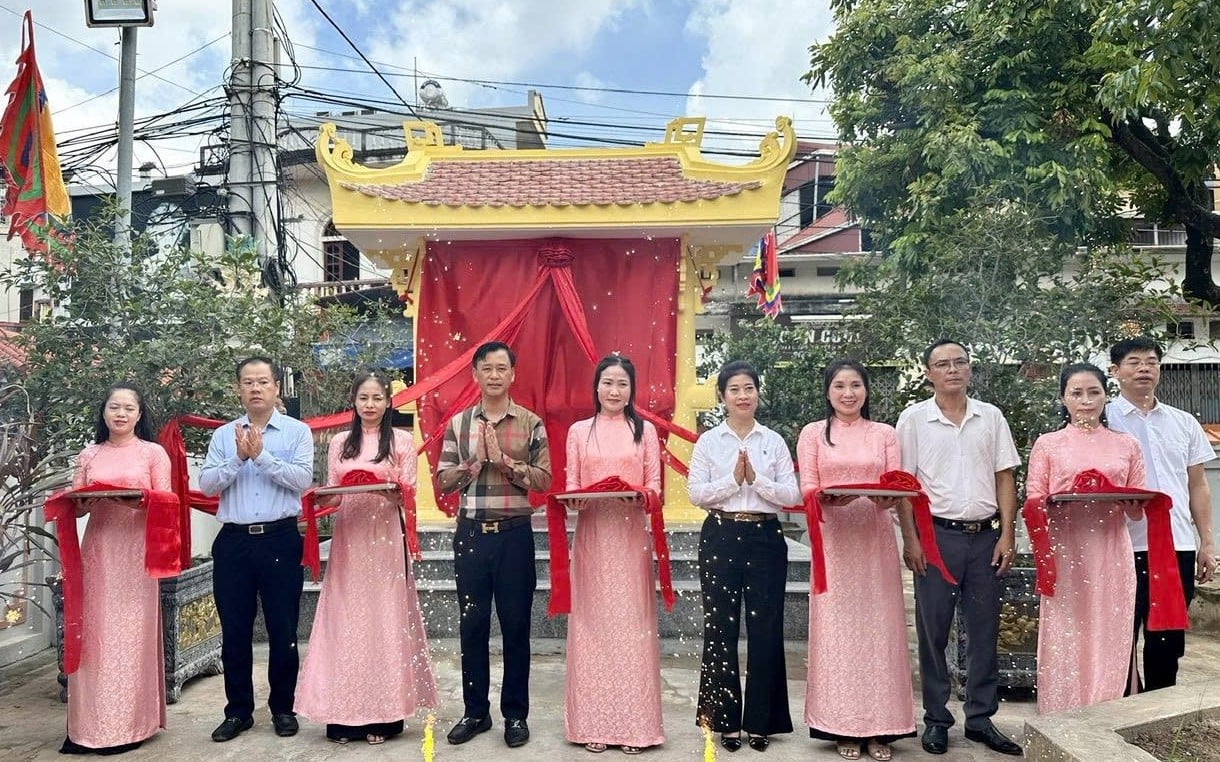
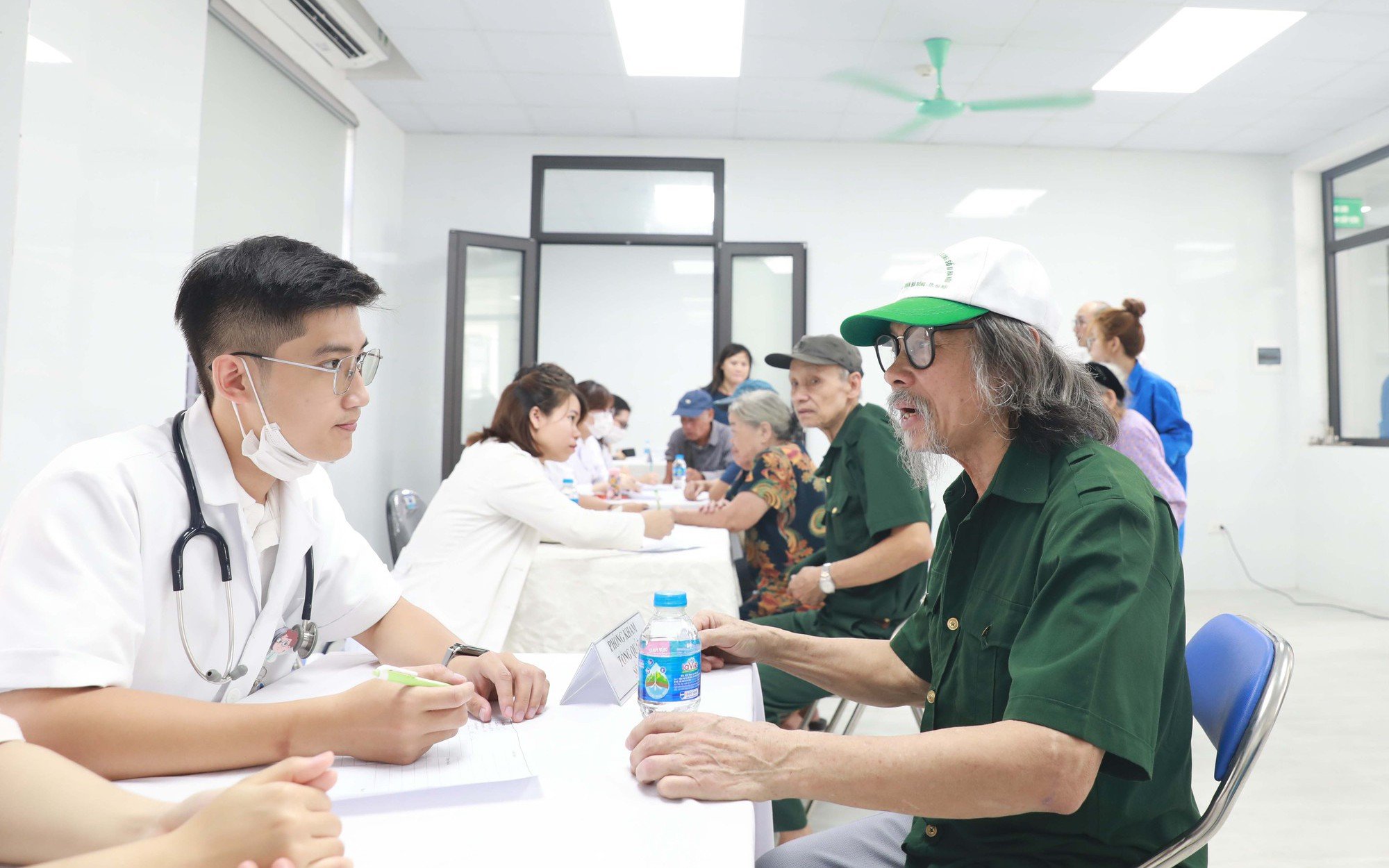
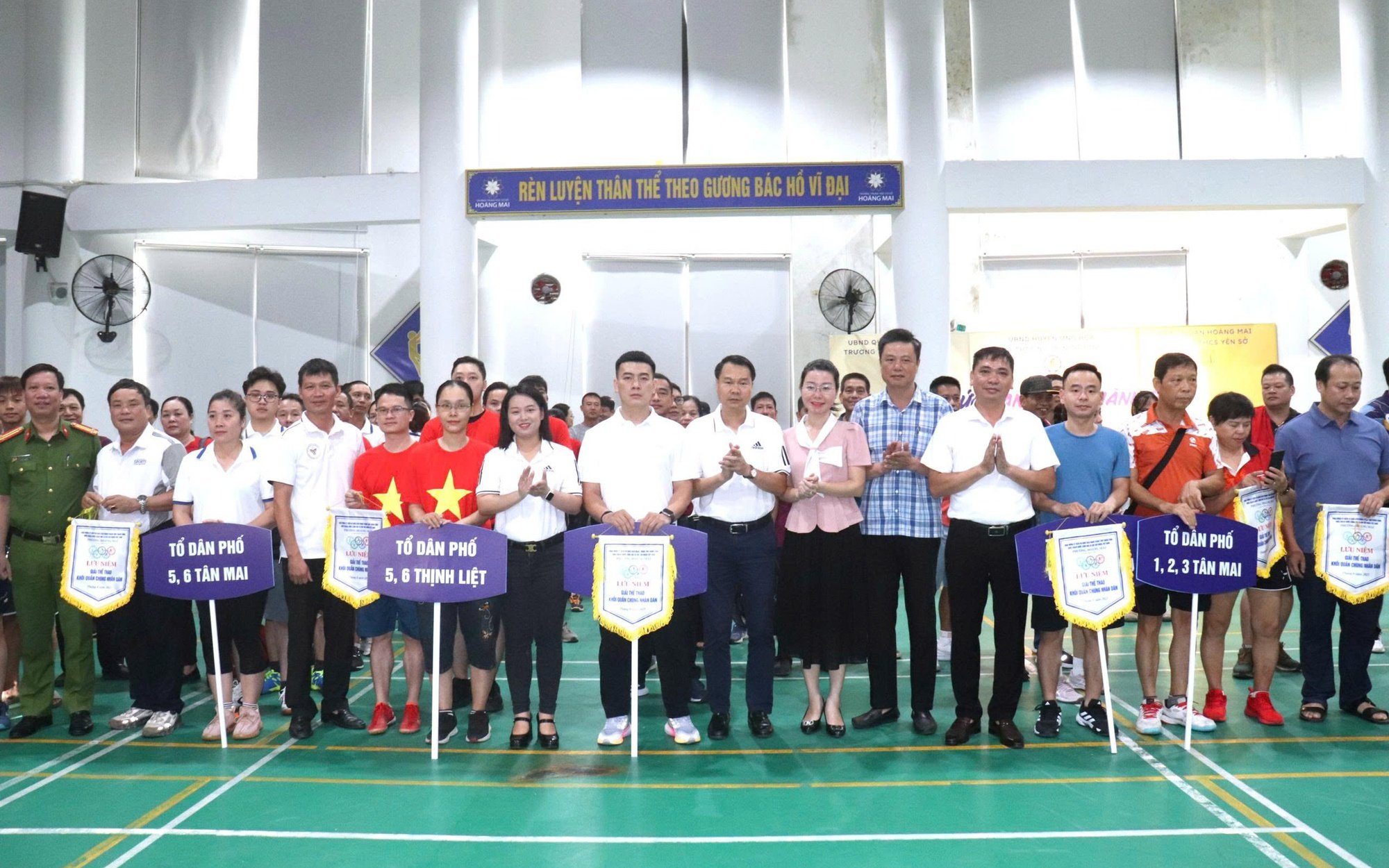
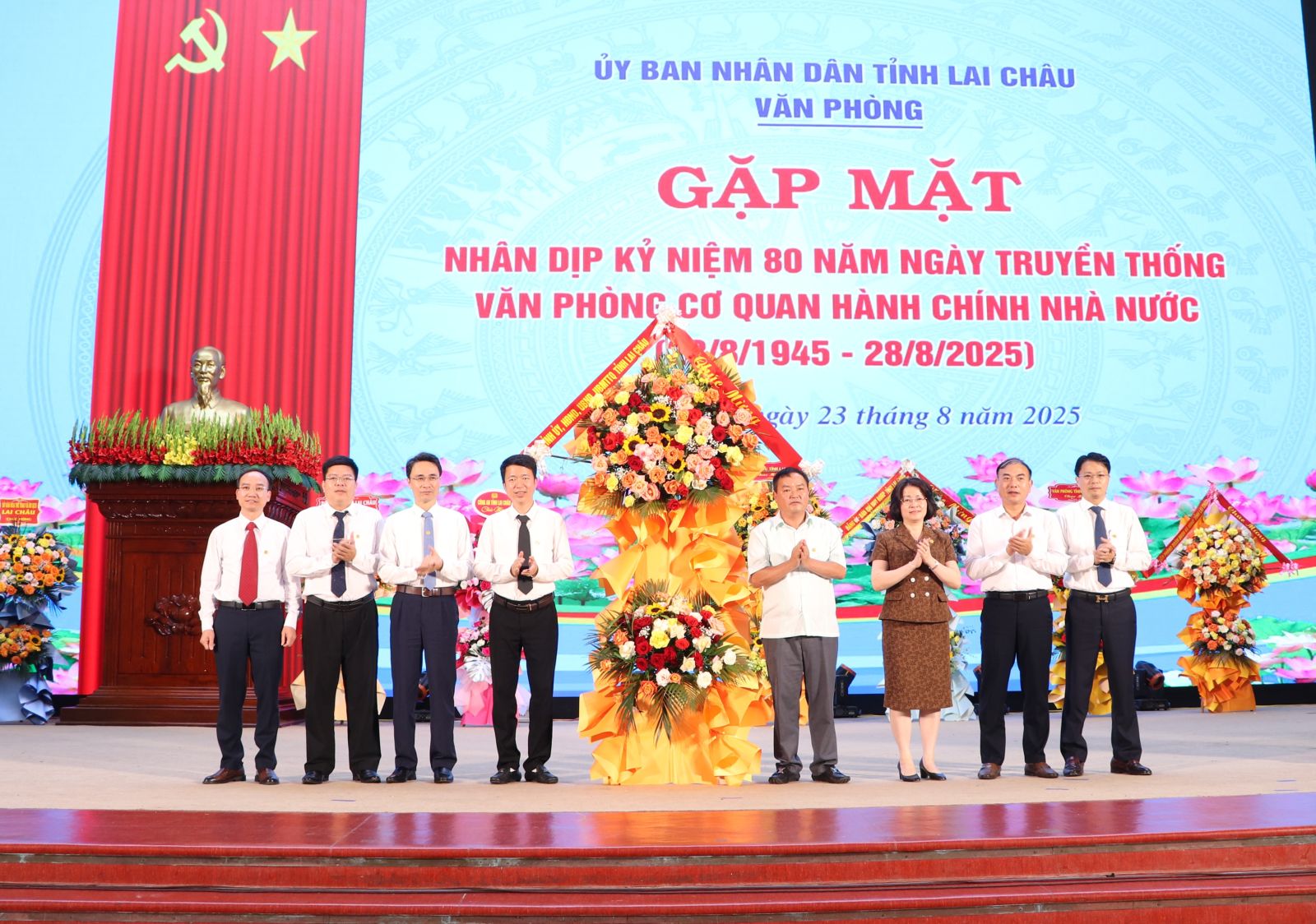











































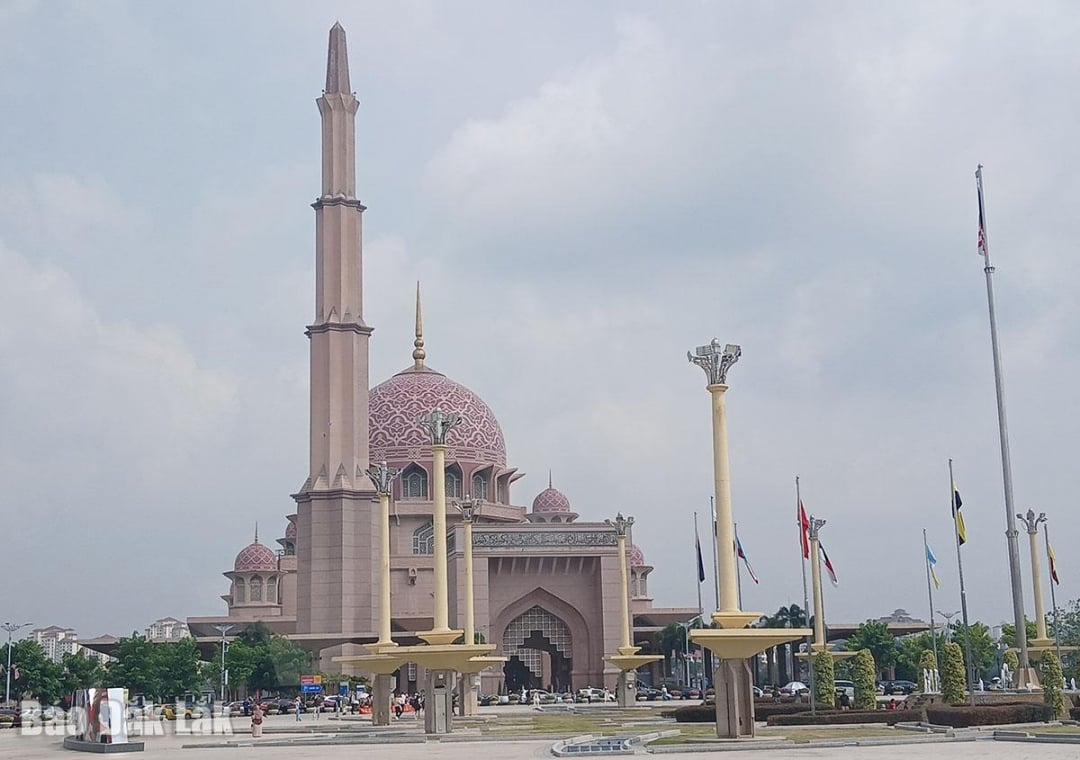

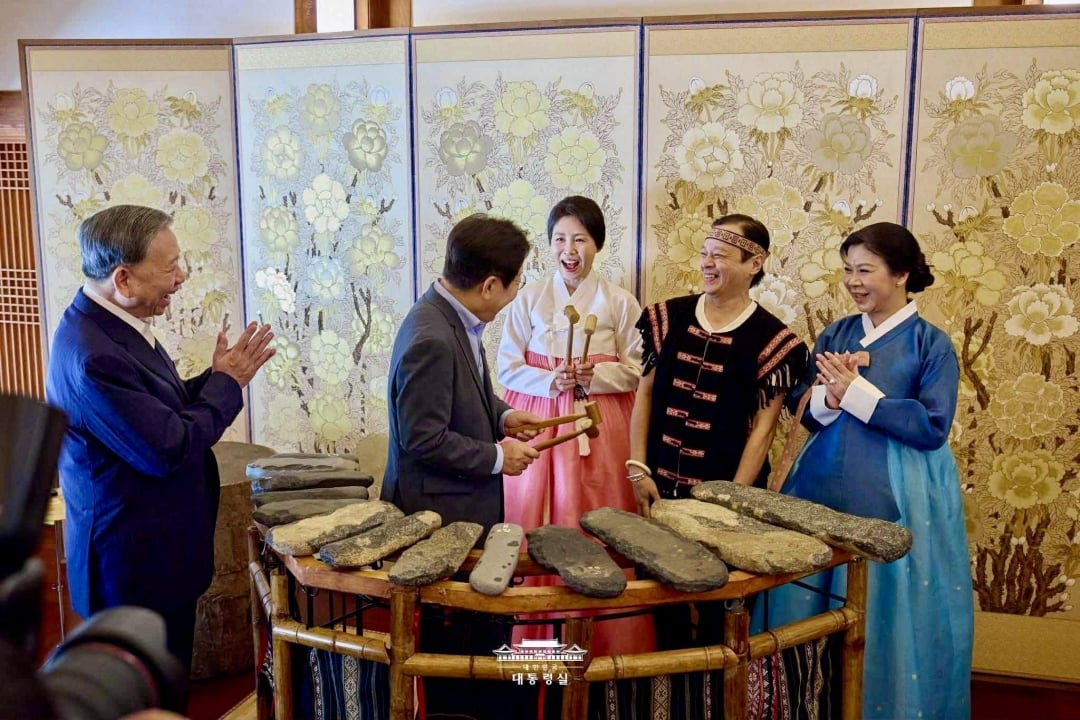
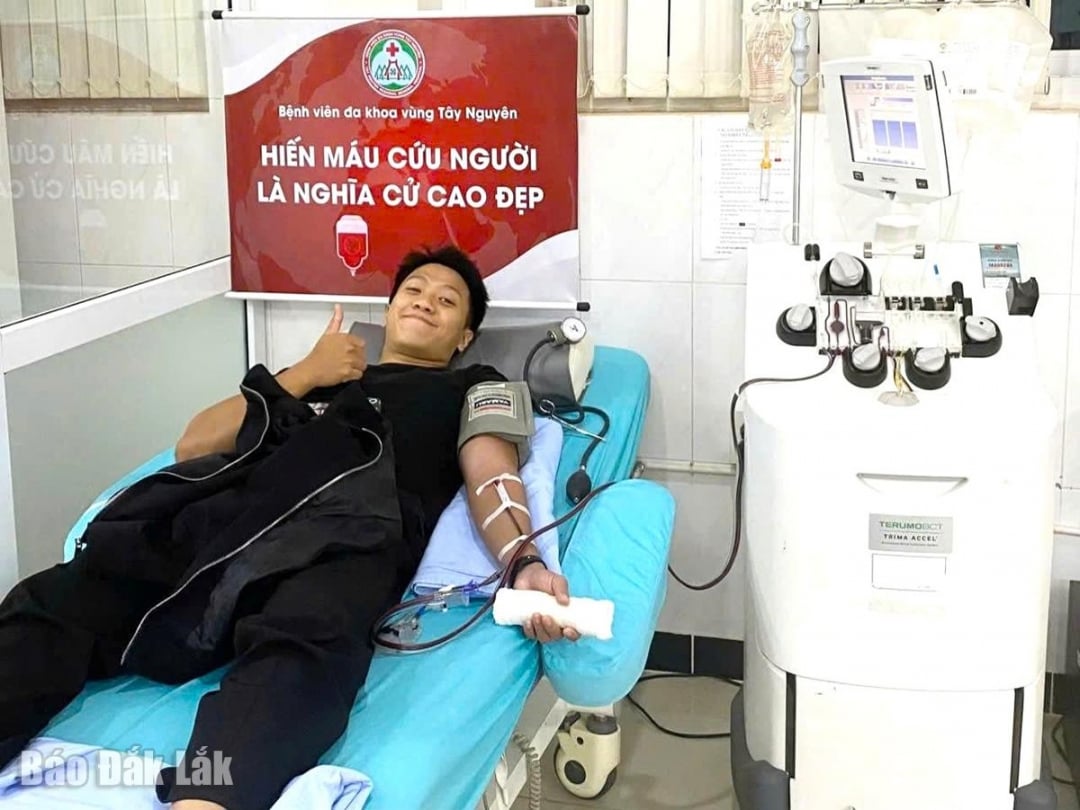
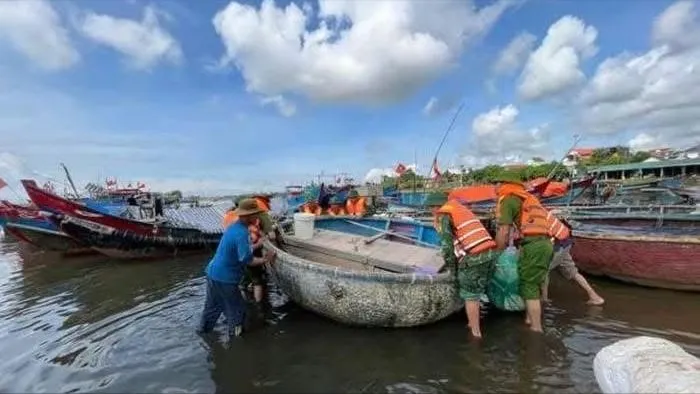



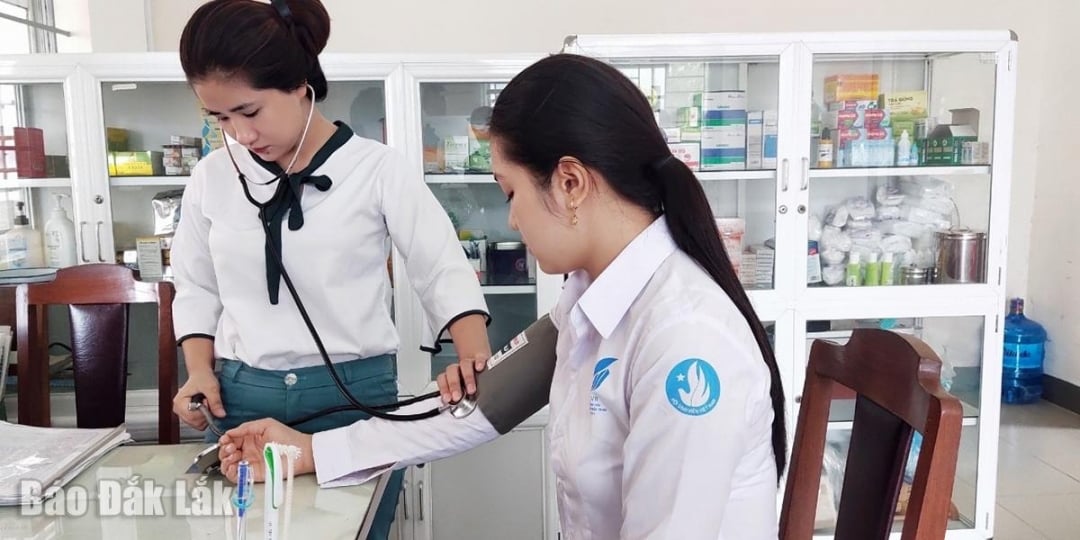















Comment (0)